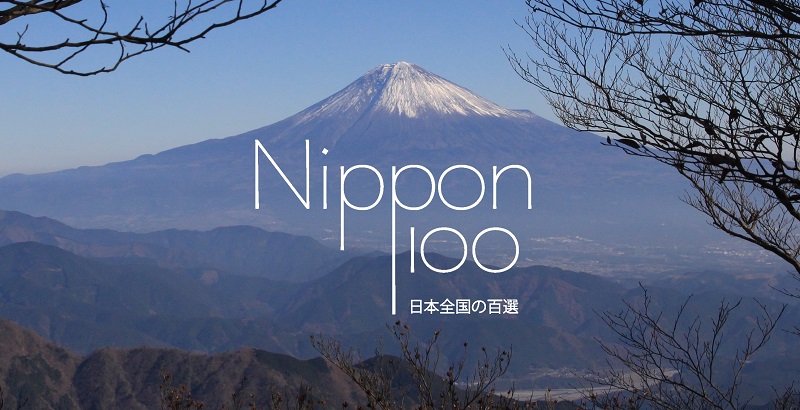Done! Since we have been touring Tohoku a month ago, and thus discovering Matsushima bay, we have seen the Three Views of Japan (that all belong to the 100 Heisei landscapes list Nippon100 is following). The moment is perfect for a post featuring the three classical views of Japan. As only one of them, the floating tori of Miyajima is a major international touristic spot. The heaven’s bridge of Amanohashidate (Kyoto pref.) and Matsushima (Miyagi pref.) are far less famous…
The Three Views of Japan (日本三景, Nihon Sankei) are often attributed to Hayashi Razan, a scholar from the early years of Edo period. After traveling the country, he would have created the first landscape election of the country in 1643.
As we are traveling the whole country for Nippon100, it was a matter of time until we reach these three iconic spots:
1. Amanohashidate or Heaven’s bridge

In the same prefecture than the former capital Kyoto, Amanohashidate is far less visited than the traditional city. The sandbar is 2,5km long and create the sea of Asoumi in a dead end of Miyazu’s bay. Two hours away from Osaka or Kyoto. Amanohashidate was the 6th landscape described on Nippon100.
 |
 |

 |
 |
To get there?
Reaching Amanohashidate is easier from Osaka or Kyoto. In any case, the trip takes about 2 hours one way. From Kyoto station : JR Hashidate line and Tango Relay (with a change in Fukuchiyama), around 4700 yens. From Osaka : JR Kounotori until Fukuchiyama, and then the Tango Relay, around 5580 yens. By bus, the trip is slightly cheaper (2800 yens from Kyotoekihachijoguchi and 1870 yens from OCAT in Osaka Namba to Fukuchiyama).
2. Miyajima and the floating tori

It’s mainly because of Itsukushima island, more known as Miyajima, than the Nihon Sankei is known among foreign visitors in Japan. The reference is everywhere in travel guides (but without the two other sights most of the time). The place is a good one, just like Nara, to observe Sika deers. As for us, we have been to Miyajima even before beginning the Nippon100 challenge. And it became the 40th landscape described on the website.
 |
 |

 |
 |
To get there?
From Tokyo, the easiest way is to use the Tokaido-Sanyo Shinkansen (4:30, 19300 yen). But the journey might also be considered by highway buses.
To reach Miyajima island (Utsukushima), one needs to take a ferry from the terminal at Miyajimaguchi station (on the JR Sanyo line), about 50 minutes west of Hiroshima. The ride is about 10 minutes, for 180 yen one way.
More ferries are also available from Hiroshima harbor (25 minutes, 1850 yen one way) and directly from the Peace Memorial Park (55 minutes for 3600 yen back and forth).
3. Matsushima and its scattering of pine-clad islands

About one hour East of Sendai in Miyagi prefecture, Matsushima bay is a famous destination of inbound tourism – also famous for the quality of the local oysters. Several options are available to discover the 260 tiny islands, from enjoying the boat tour to hiking the surrounding hills. There is actually one different classical point of view per cardinal. Matsushima was the last of the Three Views of Japan we discovered, and was the 32nd landscape on Nippon100.
 |
 |

 |
 |
To get there?
Matsushima is about 45 minutes from Miyagi capital city Sendai. From Tokyo, one thus needs to hop on a Shinkansen reaching the big city (either an Akita or a Tohoku one) and then use the JR Tohoku line to Matsushima. About 3 hours and 11000 yens. By car, the journey from Tokyo is about 4,5 hours.
Some information about the boat trips around the bay is to be found online.


Pingback: Matsushima – Ans Travel Vista